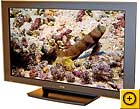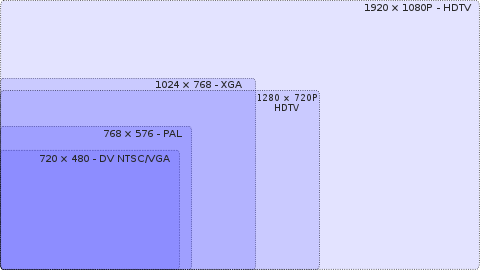When you've found an HDTV with a screen size, aspect ratio and native resolution you want, you'll need to make sure the equipment you already own will work with it. If you already have a DVD player, a DVR, game consoles or other equipment, make sure that they can connect to the TV directly or through an audio/visual receiver. Many HDTVs have High-Definition Multimedia Interface (HDMI) connections, which can transmit audio/visual signals to the TV without compression. In some cases, you can use adapters to make your equipment compatible with your set.
Once you've picked up your set and installed it in your home, you'll need to get a signal. To get a signal, you can use: Photo courtesy Consumer Guide Products With an antenna, you can get digital television for free. This Zenith model works best for UHF analog and DTV signals. |
- An antenna - Depending on your location relative to the stations you want to watch, a set of rabbit ears might do, but you might need a rooftop or attic antenna. You can buy an antenna that's specially made for digital signals, but any reliable VHF/UHF antenna will work.
- Cable - Keep in mind that digital cable is not the same as HDTV. You'll need to check with your provider to determine which packages include HDTV stations. You'll also either need a set-top cable box or a CableCARD™ to allow your television to receive and decode the cable signal.
- Satellite service - As with cable, check with your provider to determine which plans and stations use HDTV signals. You may need a different satellite dish and tuner to receive HDTV signals via satellite.
To learn more about TVs, HDTVs and digital broadcasting, check out the links on the next page.
Your cable company will install the card, and you'll pay a small monthly rental fee, which can cost less than a cable box rental. You'll also have one less remote control to deal with. However, current CableCARDs allow one-way communication only. If you choose to use one, you will not be able to access interactive menus or buy video-on-demand or Pay-per-View programming. If you use any of these services, you should wait until the next generation of CableCARDs comes out. Check out Ars Technica for more information on CableCARD technology.
http://electronics.howstuffworks.com/hdtv4.htm
















